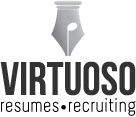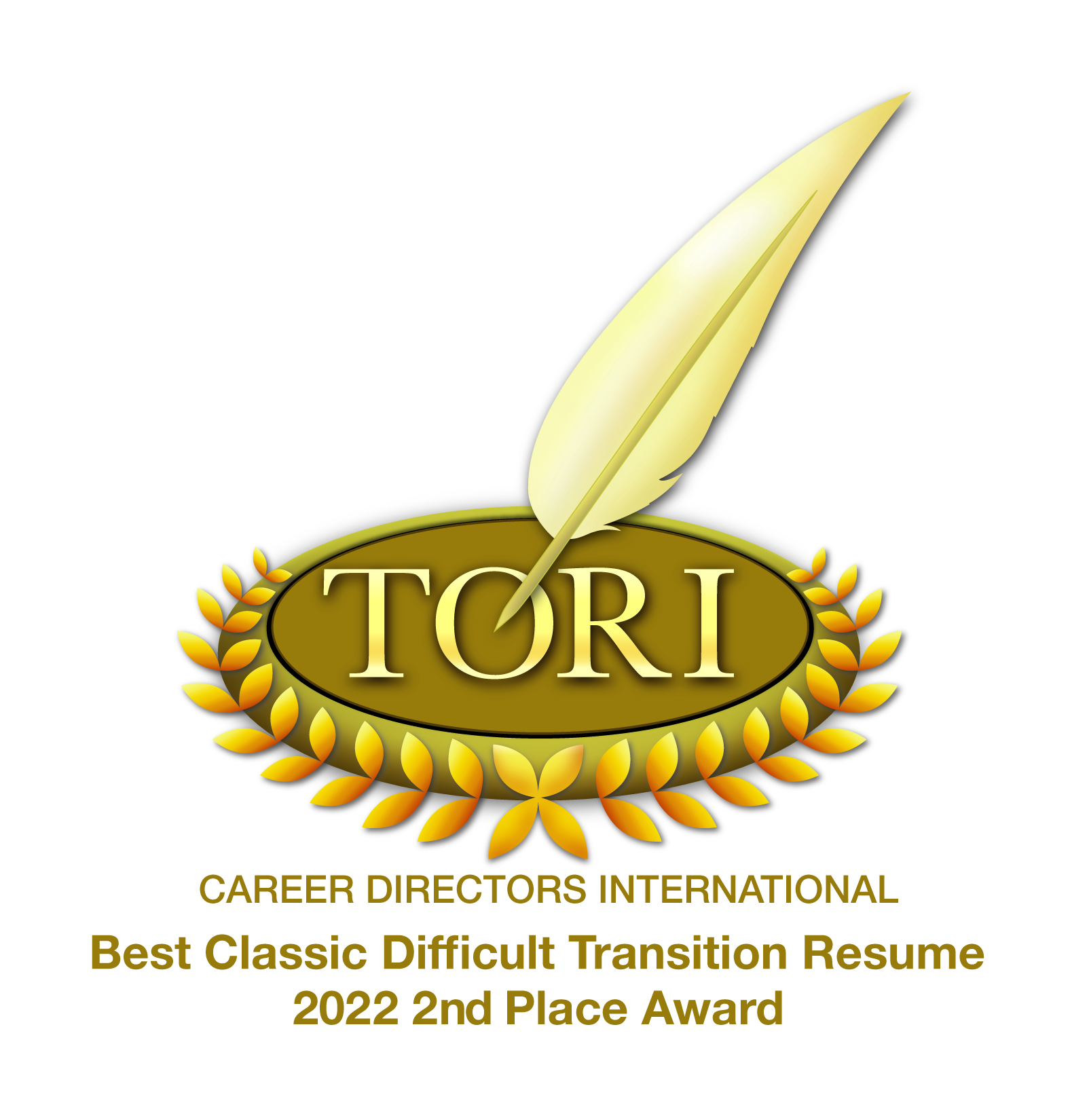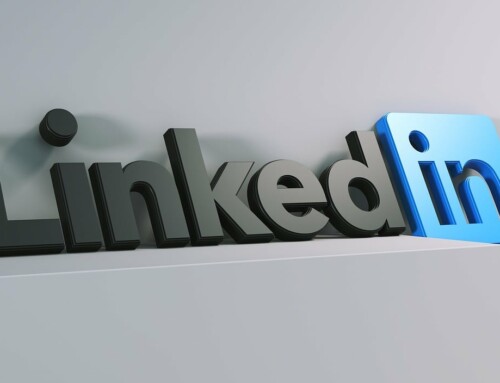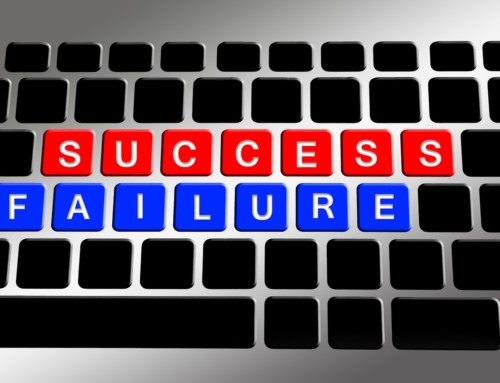A fellow resume writer asked me recently whether I write a lot of LinkedIn profiles. It got me thinking and I ended up sifting through all the projects I’ve done in the past 6 months. It turns out more than 60% of my clients ask me to develop a LinkedIn profile and a full 30% of my new clients don’t need a resume. They need a new profile to help them network, job search, or build their existing businesses.
Below are my 5 LinkedIn Profile Laws. They are straightforward rules that I have seen work over and over again. They guide my client profile development and are non-negotiable. It’s time to take charge of your online presence and use it to market the best thing you have to offer…yourself.
Write in the first person – Talking about yourself in the 3rd person is stiff and formal, and not even Bob Dole got away with it. Remember that LinkedIn is social media. Yes, it’s for professionals, but for you to really network and make connections, you have to be a real person. NOT cardboard. Cardboard adds no value to an organization and no one will hire a one dimensional paper product.
Use your headline – LinkedIn give you 120 characters, so use them! You need to be searchable by at least a couple of different job titles. Ultimately, you need to use basic SEO principles. If the job title that you are pursuing isn’t in your headline, then no one will find you. If you personal tag line fits into 120 characters with your job title, all the better.
Go back only 10-15 years of employment history – I apply the same rules that I use for writing resumes. In many cases, more than 15 years adds too much age or is just too far back that the experience isn’t relevant.
Your profile needs to be 100% complete – LinkedIn states that you are “40 times more likely to receive an opportunity” when your profile is 100% complete. This helpful video series even lists all the requirements for a 100% complete profile. Since LinkedIn changed it’s requirements in February 2012, you have no excuse to leave it unfinished.
Yes, you do need a picture – No, it cannot be the one that your friends took with their cell phones last weekend. I suggest that my clients get professional headshots taken. The picture needs to show a side of your personality that is consistent with your profession. Sales professionals may choose a picture that is friendly or open. Lawyers might want to appear trustworthy, serious, or with integrity. My big point here is that a professional photographer can help bring out a quality that adds to your personal brand.
I hope this inspires you to start creatively developing your online presence and I look forward to seeing some examples!











Hi Krista
My problem is that I need 2 recommendations and the people I have asked forget and tell me they will when they get back to there computers. Why are recommendations so important when the employers are even asking for them? It is another thing keeping me from getting a job. The other thing is I am not getting anywhere here in AZ and so will not have family here…I would like to check California and Oregon, but lately I cannot find any jobs or contacts. Can you help me…email me at deborahEadkins@mail.com. Thanks Debbie
Hi Debbie – LinkedIn no longer requires recommendations to get to 100% complete. What percent is your profile showing?